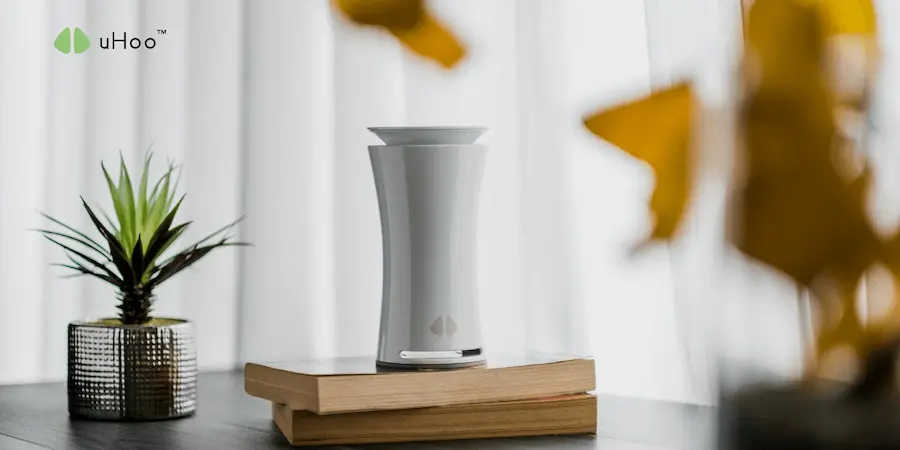The air we breathe is increasingly under scrutiny, and with good reason. From urban smog to indoor pollutants, the quality of the air surrounding us directly impacts our health and well-being. This growing awareness has fueled a surge in the popularity of personal air quality monitors.
Traditionally, air quality monitoring has been the domain of government agencies and environmental scientists. However, recent years have witnessed a significant shift towards personal monitoring. This trend is driven by several factors:
- Growing Environmental Concerns: Increased awareness of air pollution’s impact on human health, coupled with the rise of climate change concerns, has spurred a demand for more personalized air quality data.
- Technological Advancements: Miniaturization of sensors, coupled with the rise of the Internet of Things (IoT), has made it possible to create affordable and user-friendly air quality monitors for the general public.
- Proactive Health Management: Individuals are increasingly taking proactive steps to improve their health, and monitoring air quality is seen as an essential part of this approach, particularly for those with respiratory conditions like asthma and allergies.
Real-Life Instances
- Asthmatic Individuals: Many individuals with asthma use air quality monitors to track particulate matter levels, pollen counts, and other allergens in their environment. This data helps them anticipate asthma attacks and take preventative measures.
- Parents of Young Children: Concerned parents are using air quality monitors to assess the air quality in their children’s bedrooms and play areas, ensuring a safe and healthy environment for their development.
- Homeowners: Homeowners are using air quality monitors to identify potential mold issues, detect elevated levels of VOCs (Volatile Organic Compounds) from new furniture or cleaning products, and optimize ventilation systems.
- Urban Dwellers: Residents of densely populated cities are using air quality monitors to track pollution levels and make informed decisions about when and where to exercise outdoors.
The Future of Personal Air Quality Monitoring
The future of personal air quality monitoring is bright. We can expect to see:
- Increased Sensor Integration: Air quality sensors will be integrated into more everyday devices, such as smartphones, smartwatches, and even home appliances.
- Advanced Analytics: AI and machine learning will be used to analyze air quality data, providing personalized insights and recommendations.
- Citizen Science Initiatives: Citizen science projects will leverage the power of personal air quality monitors to create more comprehensive and accurate air quality maps.
Taking Control of Your Air Quality
By investing in a high-quality air quality monitor like uHoo, you can gain valuable insights into the invisible factors that impact your health and well-being. uHoo provides comprehensive monitoring of key parameters, including temperature, humidity, CO2 levels, VOCs, and particulate matter. With its user-friendly app and actionable insights, uHoo empowers you to take control of your indoor environment and create a healthier, more comfortable space for yourself and your loved ones.
Visit the uHoo website today to learn more and find the perfect air quality monitor for your needs.

